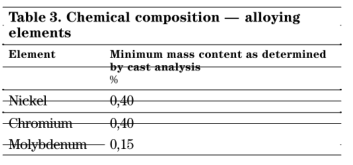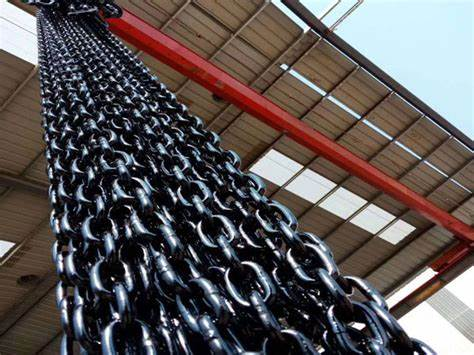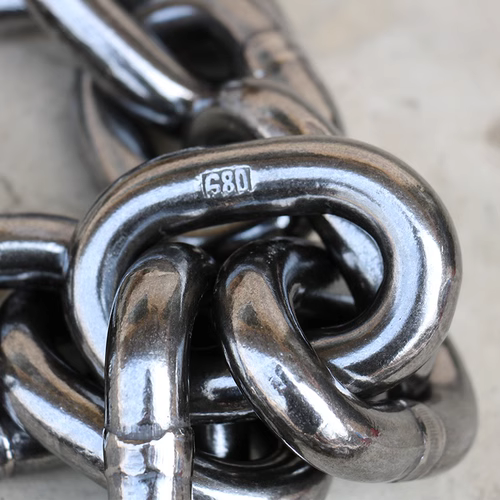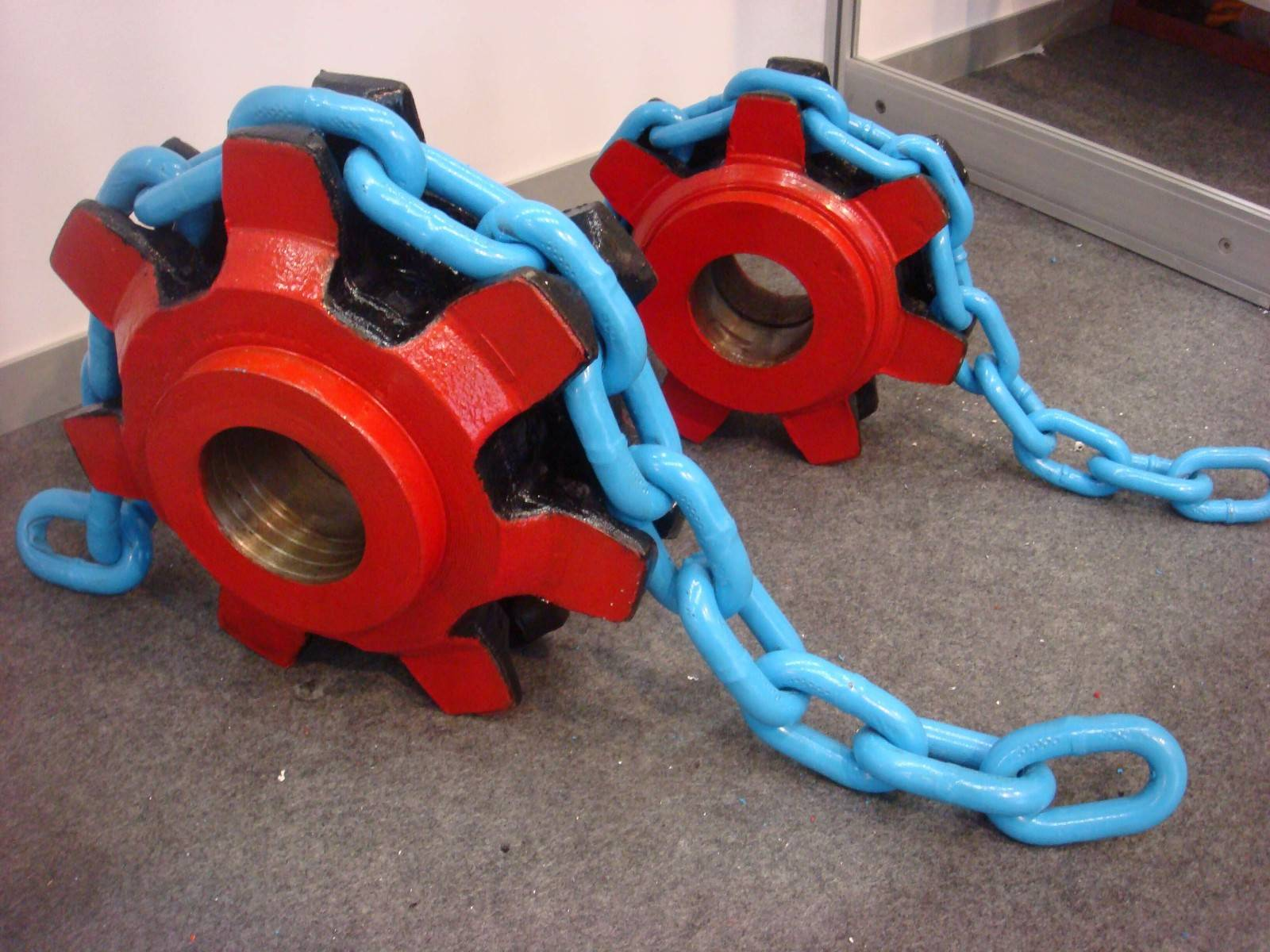Our staff will contact you within 12 hours, You can also contact us through the following ways:
Contact US WhatsApp: +8618766656705
- Email: [email protected]
- Tel: +8618766656705
- Web: https://www.toponechain.com/
Lifting chains are essential tools in many industrial fields. They are essential for tasks that require heavy lifting, transport or fixed loads. With the emergence of various types of lifting chains on the market, choosing the right chain for a specific application becomes critical. In this guide, we will explore in depth the EN818-2 lifting chain, its features, applications, and best practices for safe and efficient use.
1. What is EN818-2 Lifting chain?
EN818-2 Lifting chain is a high quality chain developed by the European Committee for Standardization. It is designed for the general lifting purpose of chain spreaders. EN818-2 chains are typically made of alloy steel and are recognized for their durability, strength and resistance to wear, making them ideal for heavy duty applications.
2. Features and specifications
Material: The EN818-2 chain is made of high-grade alloy steel with strength and corrosion resistance. Most manufacturers in China use 20MN2 alloy steel that does not fully meet the standard to make Grade 80 chains. We use RD90L steel.
PS:The following table shows the minimum content of elements specified in the standard. Obviously, 20MN2 does not comply with it.

Link design: The chain is welded and heat treated by a fully automated robot to ensure uniform size and strength throughout the chain.
Tensile strength: meets the requirements set by the EN818-2 standard, ensuring that it can withstand heavy loads without breaking.
Safety factor: These chains typically have a 4:1 safety factor, which means they can withstand up to four times their designated work load limit (WLL) without breaking.

3:.Application
The versatility of the EN818-2 lifting chain enables it to be used in a range of industries, including:
Construction: Used for lifting construction materials, machinery and equipment.
Storage: For moving heavy wooden boxes, containers and machinery.
Manufacturing: Moving or fixing heavy components in assembly lines or production facilities.
Maritime: Used for anchoring or lifting purposes in shipyards and ports.
Mining: Used to transport raw materials and machinery.

4. Best practices for using EN818-2 lifting chains
To ensure safety and extend the life of your EN818-2 chain, follow the following best practices:
Regular inspection: Always check for signs of wear, deformation or damage before use.
Proper storage: Store in a dry place, away from corrosive substances.
Load Limit: Never exceed the chain's working load limit (WLL).
Maintenance: Lubricate the chain regularly to reduce friction and wear.
Replacement: If the chain link is damaged or shows excessive wear, replace the chain immediately.

5. Conclusion
The EN818-2 lifting chain, with its robust design and high standards, is a reliable choice for a variety of industries. By understanding its characteristics and adhering to best practices, users can be sure to operate safely and efficiently. Keep in mind that regular maintenance and inspections are key to maximizing the service life and safety of your chain.
With the increase in industrial tasks requiring precise and reliable equipment, the EN818-2 lifting chain stands out as the first choice. Whether you're in construction, manufacturing, or any other industry that requires heavy lifting, this chain is worth the investment. Always prioritize security and you will find this tool invaluable in your operations.